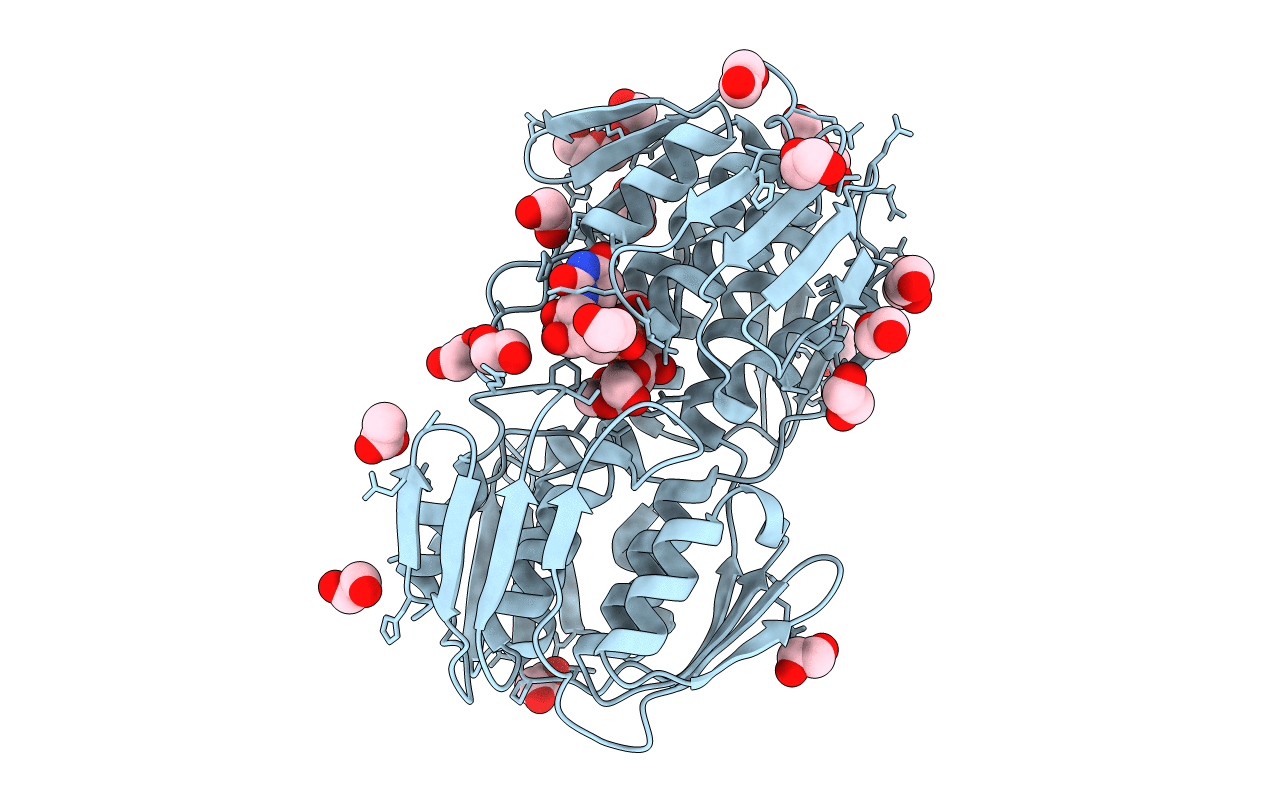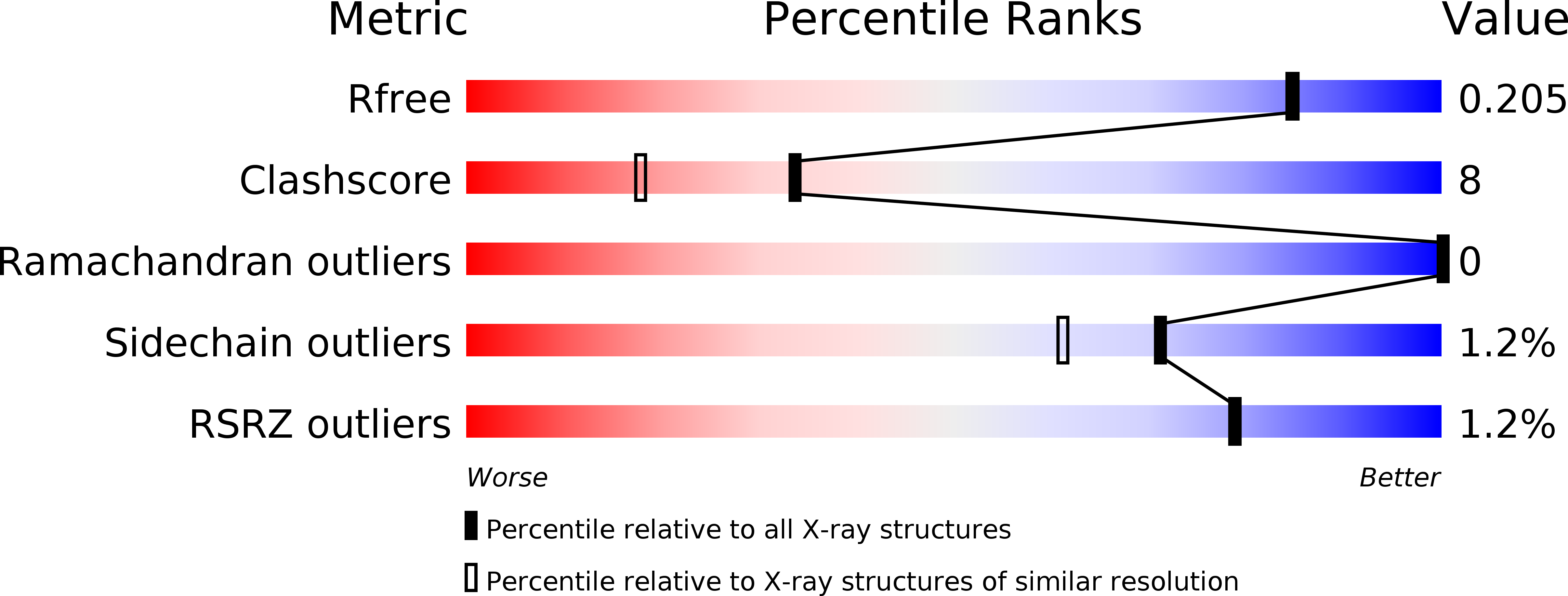
Deposition Date
2011-07-14
Release Date
2012-03-07
Last Version Date
2024-11-20
Entry Detail
Biological Source:
Source Organism:
Enterobacter cloacae (Taxon ID: 716541)
Host Organism:
Method Details:
Experimental Method:
Resolution:
1.83 Å
R-Value Free:
0.20
R-Value Work:
0.16
R-Value Observed:
0.16
Space Group:
I 2 3


